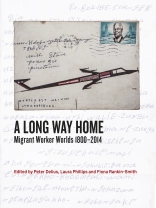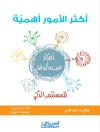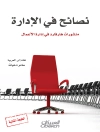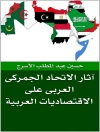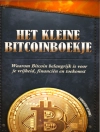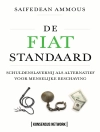In no other society in the world have urbanisation and industrialization been as comprehensively based on migrant labour as in South Africa. Rather than focusing on the well-documented narrative of displacement and oppression, A Long Way Home captures the humanity, agency and creative modes of self-expression of the millions of workers who helped to build and shape modern South Africa. The book spans a three-hundred-year history beginning with the exportation of slave labour from Mozambique in the eighteenth century and ending with the strikes and tensions on the platinum belt in recent years. It shows not only the age-old mobility of African migrants across the continent but also, with the growing demand for labour in the mining industry, the importation of Chinese indentured migrant workers. Contributions include 18 essays and over 90 artworks and photographs that traverse homesteads, chiefdoms and mining hostels, taking readers into the materiality of migrant life and its customs and traditions, including the rituals practiced by migrants in an effort to preserve connections to “home” and create a sense of “belonging”. The essays and visual materials provide multiple perspectives on the lived experience of migrant labourers and celebrate their extraordinary journeys. A Long Way Home was conceived during the planning of an art exhibition entitled ‘Ngezinyawo: Migrant Journeys’ at Wits Art Museum. The interdisciplinary nature of the contributions and the extraordinary collection of images selected to complement and expand on the text make this a unique collection.
Spis treści
Acknowledgements Introduction: Highlighting Migrant Humanity – Peter Delius and Laura Phillips Chapter 1: Ngezinyawo — Migrant Journeys – Fiona Rankin-Smith Chapter 2: Slavery, Indenture and Migrant Labour: Maritime Immigration from Mozambique to the Cape, c.1780–1880 – Patrick Harries Chapter 3: Walking 2 000 Kilometres to Work and Back: The Wandering Bassuto – Carl Richter and Peter Delius Chapter 4: A Century of Migrancy from Mpondoland – William Beinart Chapter 5: The Migrant Kings of Zululand – Benedict Carton Chapter 6: The Art of Those Left Behind: Women, Beadwork and Bodies – Anitra Nettleton Chapter 7: The Illusion of Safety: Migrant Labour and Occupational Disease on South Africa’s Gold Mines – Jock Mc Culloch Chapter 8: ‘The Chinese Experiment’: Images from the Expansion of South Africa’s ‘Labour Empire’ – Fiona Rankin-Smith, Peter Delius and Laura Phillips Chapter 9: ‘Stray Boys’: The Kruger National Park and Migrant Labour – Jacob Dlamini Chapter 10: Surviving Drought: Migrancy and the Homestead Economy – Michelle Hay Chapter 11: Migrants from Zebediela and Shifting Identities on the Rand 1930s–1970s – Sekibakiba Peter Lekgoathi Chapter 12: Verwoerd’s Oxen: Performing Labour Migrancy in Southern Africa – David B Coplan Chapter 13: ‘Give My Regards to Everyone at Home Including Those I No Longer Remember’: The Journey of Tito Zungu’s Envelopes – Julia Charlton Chapter 14: Sophie and the City: Womanhood, Labour and Migrancy – Laura Phillips Chapter 15: Bungityala – Jonny Steinberg Chapter 16: Migrants: Vanguard of the Workers’ Struggles? – Noor Nieftagodien Chapter 17: Debt or Savings? Of Migrants, Mines and Money – Deborah James and Dinah Rajak Chapter 18: Post-Apartheid Migrancy and the Life of a Pondo Mineworker – Micah Reddy
O autorze
Fiona Rankin-Smith is Special Projects Curator at Wits Art Museum (WAM) in Johannesburg
